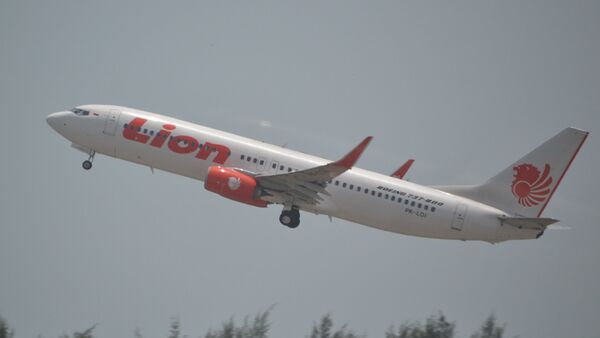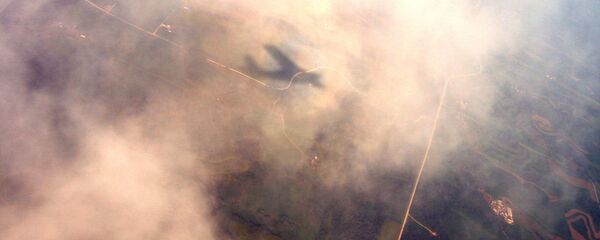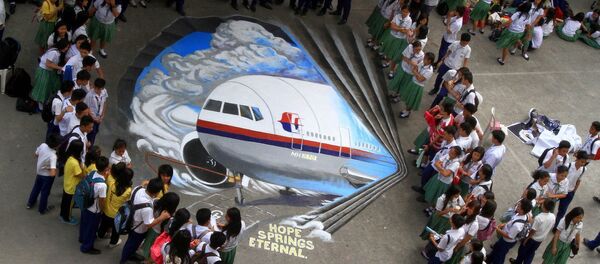The report will be made public at 10 a.m. local time, according to KNKT, multiple reports said.
On October 29, the Boeing 737 Max 8 took off at 6:20 a.m. from Jakarta to Pangkal Pinang, near the island of Sumatra. According to Nurcahyo Utomo, KNKT's aviation head, the plane began to malfunction almost immediately after takeoff, as the captain and co-pilot allegedly began to receive different speed readings. The plane then began careening up and down uncontrollably before crashing into the water at about 400 mph, Sputnik previously reported.
In addition, the agency revealed that the aircraft had faced issues with flight speed sensors on a previous flight. The flight recorder data, which was recovered this month, confirmed that the plane did not have any engine problems, although investigators are still searching for the cockpit voice recorder (CVR).
"We're still making efforts to find the CVR, and it is very important. The CVR is related to the credibility of the country so that we can avoid the same incident," KNKT head Soearjanto Tjahjono recently announced, Channel News Asia reported Wednesday.
However, investigators have now turned their attention to the plane's anti-stall system, which is responsible for changing the direction of the plane's nose when an "angle of attack" sensor reveals that the plane may be incapable of maintaining lift, the aerodynamic force produced by an airplane as it moves through the air.
After the crash, the US Federal Aviation Administration informed airlines that incorrect inputs from the plane's anti-stall system's sensors could force the plane to adjust its nose downwards even when autopilot is turned off. According to KNKT, the anti-stall system was not properly detailed in Lion Air's flight manual.
On November 6, Boeing, the Chicago-based aircraft manufacturer, released a worldwide safety bulletin informing operators on how to deal with erroneous angle sensor data. Two US pilots' unions have claimed that they were previously unaware of information spelled out in Boeing's directive.
"We don't like that we weren't notified," Jon Weaks, president of the Southwest Airlines Pilots Association, told Bloomberg earlier this month. Dennis Tajer, a spokesperson for the Allied Pilots Association at American Airlines Group Inc., also expressed that his union's members were troubled by Boeing's directive.
On Thanksgiving eve, Boeing was handed two wrongful death lawsuits filed by families of victims who lost their lives on Lion Air JT610. The lawsuits, which were filed in Cook County Circuit Court in Chicago, allege that Boeing is responsible for the deaths of the people on board, the Chicago Business Journal reported Monday. One lawsuit was filed by 26-year-old Dayinta Dyah Anggana, whose 54-year-old mother died in the accident. The second lawsuit was filed by the family of two sisters who also died in the crash.
According to co-counsel for plaintiffs Steven Hart of the Chicago lawn firm Hart McLaughlin & Eldridge, "Boeing knew or should have known its aircraft and flight operations manual were unsafe and created a significant safety hazard, but the defendant failed to notify or warn anyone, which has caused immense pain and loss for surviving family members," the Business Journal reported Monday.
The father of Rio Nanda Pratama, who also died when the plane plunged into the sea, also filed a lawsuit against Boeing earlier this month in the US state of Illinois, the Jakarta Post reported.




